June 18, 2018
Australian Standard AS1657 for fixed ladders, platforms and walkways is one of the most widely read and referenced Australian safety standards of all time and its revised version has been a long time coming. It updates the 21-year-old and exceedingly out-of-date testing regime. The most popular safety-related Australian Standard of all time, AS1657, has been revised for the first time in 20 years and is open for public comment until September 21. The document, which covers the selection, design, risk assessment and testing of fixed platforms, walkways, stairways and ladders has more than doubled in size from 30 pages. Standards Australia: Pages: ISBN: Committee: SF-013: Supersedes: DR AS 1657:2017; AS 1657-2013; History - (Show below) - (Hide below) First published as CA10—1938. Fourth edition 1971. Revised and redesignated AS 1657—1974. Fifth edition 2018. Australian standard AS1657. A 3D model will be constructed based on your requirements. A set of drawing will supplied for approval.
AS 1657:2018: Understanding the newly revised height safety standard
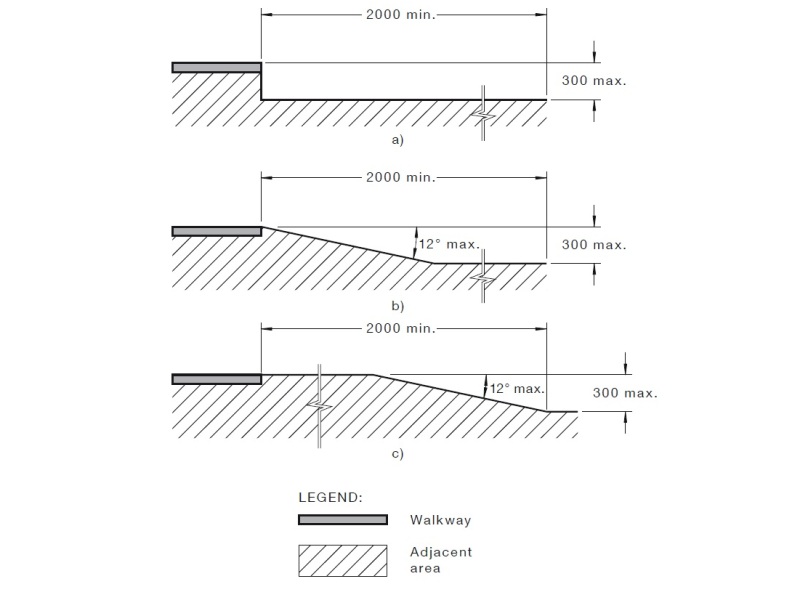
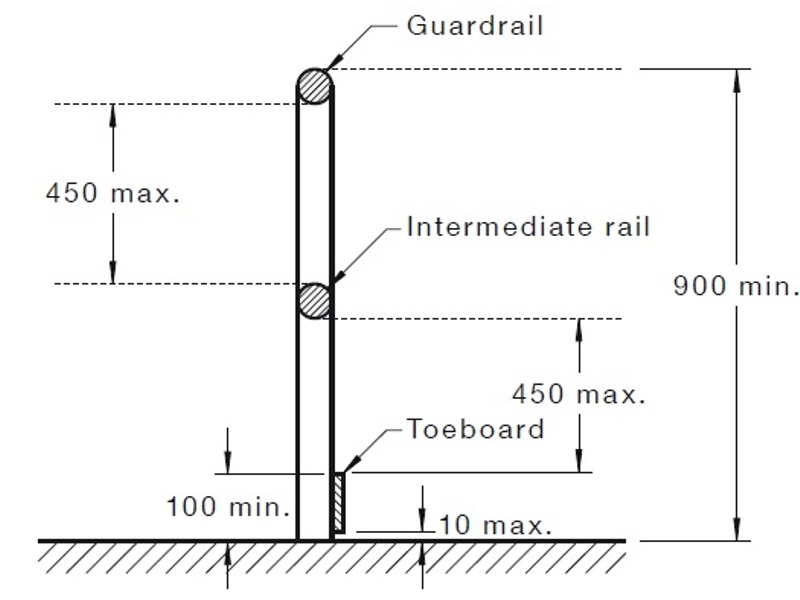
One of Australia’s highest selling standards of all time has just been revised and released because it was far too unwieldy. The chair of the committee responsible for AS 1657:2018, which deals with fixed platforms, walkways, stairways and ladders, had been inundated with calls for help interpreting the Standard.
The result is dozens of changes to the 2013 standard, many of them minor, that necessitate hours of mind-bending time spent poring over this highly technical document.
Among the 32 changes are adjustments to platforms, which must be larger than previously prescribed and are now measured from a different point but no longer need to be level. Depending on your interpretation of the Standard, platforms and landings can have a slope of up to three degrees to accommodate “flat” roofs or a cross slope of seven degrees (see 7.4.3.5).
The dimensional change to platforms is encapsulated in Clause 7.3.6(a) and Fig 7.5. Compare the two clauses:
“The minimum length of the landing shall be not less than 900 mm, measured
horizontally from the front of the ladder.” – AS 1657: 2013
versus
“The minimum length of the landing shall be not less than 900 mm, measured horizontally from the face of the lowest rung of the ladder, as shown in Figure 7.5.” – AS 1657: 2018
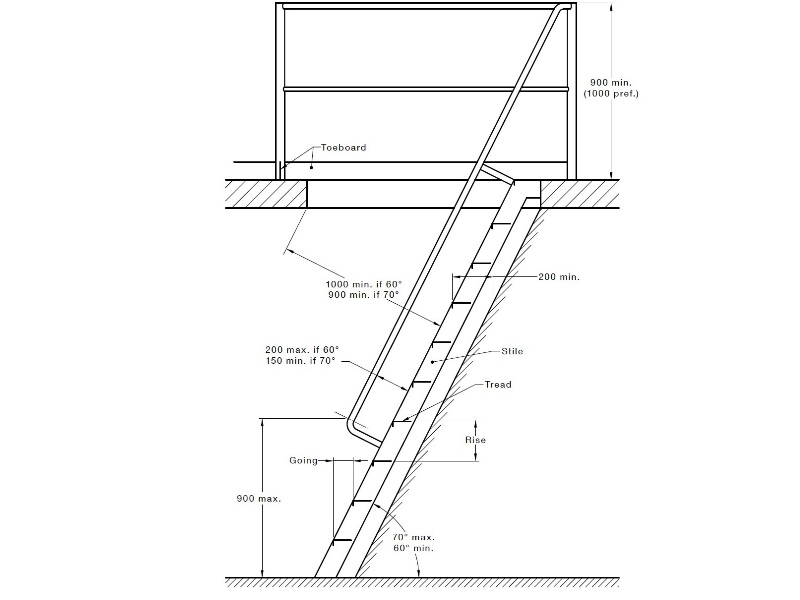
Other changes to AS 1657:2018
The bevvy of other changes to AS 1657 range from the removal of the definition of “may”, despite its continued use throughout the document to other legalistic shifts, which hint at the technicality of the Standard.
Put simply, Australian Standard AS 1657 is a benchmark for what is considered “reasonably practicable” in a court of law rather than a complete user guide to practical height safety. It does not pretend to cover the other elements enshrined in OHS practice.
AS 1657 needs to be understood in the context of falls regulations, codes, the WHS Act and the workplace itself.
This is particularly stark when it comes to the consideration of the task and user skill levels.
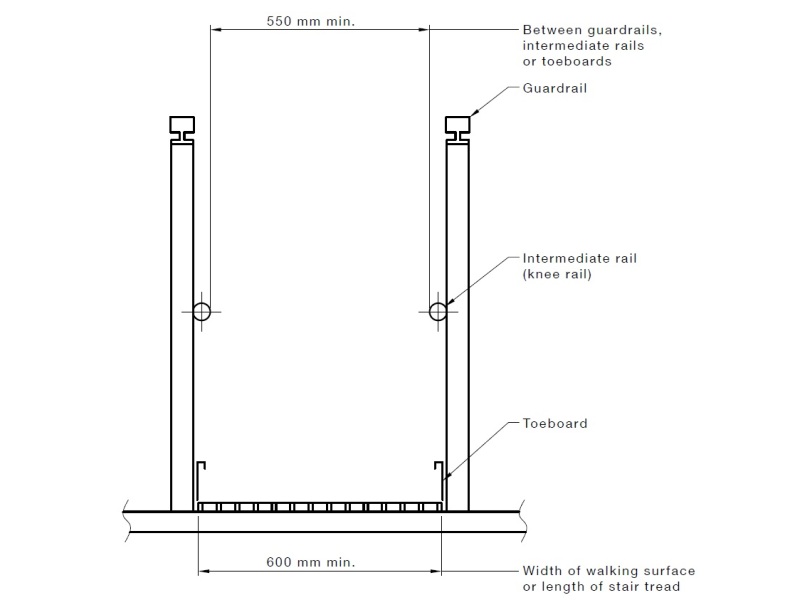
Height safety measures on the roof of a school gymnasium, for example, needs to be quite different from that in the petrochemical industry.
While both must follow the unique hierarchy of controls set out in the falls regulations, the frequency of the task pales into insignificance. The risk to the typical PE teachers faced with retrieving a wayward ball using a harness-based system is much higher than for professional riggers scaling a mast.
The 2018 edition of AS 1657 is certainly an improvement on the 2013 standard but use it with caution and engage an expert to help interpret the sometimes apparently conflicting guidance it provides.
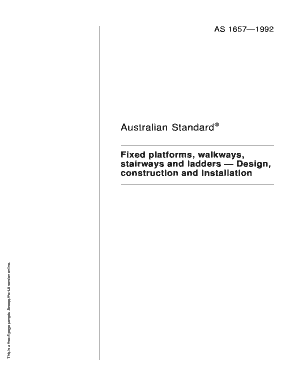
Do you have specs that need to be updated to meet the new AS 1657:2018?
The new AS 1657 is already in place, so now is the time to check your compliance. Make it painless with Workplace Access & Safety – simply click below to arrange a chat with one of our height safety specialists
Contact Us
Check if your new building meets the new AS 1657
Now is the time to check your compliance and equip yourself with the right information to make height safety straightforward. Simply click below to arrange a chat with one of our height safety specialists.
Contact Us
Like to know how the new changes will affect your site? Contact us today on 1300 552 984 or email audit@workplaceaccess.com.au
PermaStruct® FRP Handrail is a modular system with a number of advantages over traditional materials. Complaint with the latest Australian standard AS1657-2013, they are incredibly strong yet 60-70% lighter than galvanised and stainless steel.
Reduce maintenance costs as PermaStruct® FRP will not rust, corrode or require re-painting or surface treatments. PermaStruct® FRP Handrails can be used in the harshest of environments, thanks to the superior weather, chemical and fire resistance they offer.
PermaStruct® Handrail profiles are supplied with ergonomic top rails, knee rails and kick plates – everything needed to quickly and easily secure a workplace or public space.
Why Choose PermaStruct® Handrail?
- AS1657-2013 Compliant
- Low Maintenance
- Lightweight
- Corrosion Resistant
- Non-Conductive and Metallic
Compliance:
Australian Standard As1657
PermaStruct® Handrail has been certified to the latest Australian Standard AS1657-2013 and is manufactured from 100% FRP.
Australian Standard As1657 Pdf
Please contact us for further information.
